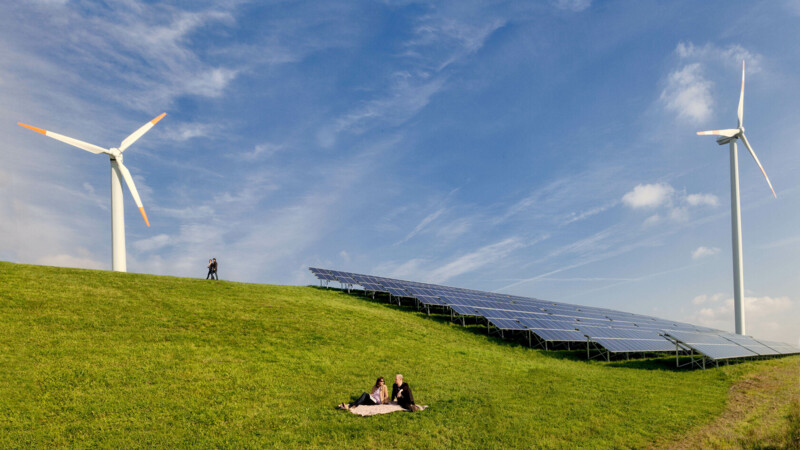Evidence that north German states are on the road to success was recently provided by the awarding of funding from the EU's IPCEI scheme. The German Ministry of Economics and Technology and the German Ministry of Transport presented 62 large-scale hydrogen projects earmarked for government subsidies as part of the so-called IPCEI Hydrogen (Important Projects of Common European Interest). No fewer than 12 projects across the Hamburg Metropolitan Region have made their way onto the list turning the region into the most powerful cluster for green hydrogen in Germany. The funding volume for innovative green hydrogen projects now comes to EUR 520 million.
No other place in Germany generates as much renewable energy as the north and the states of Hamburg, Bremen, Lower Saxony, Schleswig-Holstein and Mecklenburg-Western Pomerania are pioneers in wind energy. They all play a major role in shaping technical progress therein making them catalysts of the energy transition in Germany. Now, together with partners from industry, science, associations and politics, the existing expertise is flowing towards the production and commercial use of green hydrogen. The North German Hydrogen Strategy was passed recently to solidify its basis.
The economic development organisations in those states have also joined forces to form the HY-5 green hydrogen initative. This new initiative aims to make north Germany Europe's leading hydrogen centre, to complete the value chain for green hydrogen and to establish northern Germany as a hydrogen hotspot.
Numerous partners are on board: in six regulatory sandboxes funded by the German government, companies, research institutions, universities and start-ups are working on forward-looking hydrogen projects. Extensive research and development is being carried out by the industry. The topics range from the reduction of CO2 emissions to sector coupling and electrolysis to mobility. In April 2021, Airbus, ArcelorMittal, Gasnetz Hamburg, GreenPlug, Hamburger Hafen und Logistik AG, Hamburg Port Authority, HADAG Seetouristik und Fährdienst and Stadtreinigung together with the Hamburg Green Hydrogen Hub (consisting of Shell, Vattenfall, Mitsubishi Heavy Industries and Wärme Hamburg) formed the Hydrogen Association Hamburg.
Twelve IPCEI projects
Electromobility with green hydrogen
Since mid-November, car drivers have had an opportunity to fill up their tanks with hydrogen at the "Weg beim Jäger" filling station near Hamburg Airport. This brings the total of filling stations for fuel cell vehicles in the the metropolitan region to six making the switch to electromobility even more convenient. And more and more people are choosing to convert. Every 80th passenger car in the Hanseatic city is now an electric vehicle or plug-in hybrid, according to the German Motor Transport Authority. The German average, by contrast, is "only" 116, putting Hamburg at the forefront of electromobility nationwide.
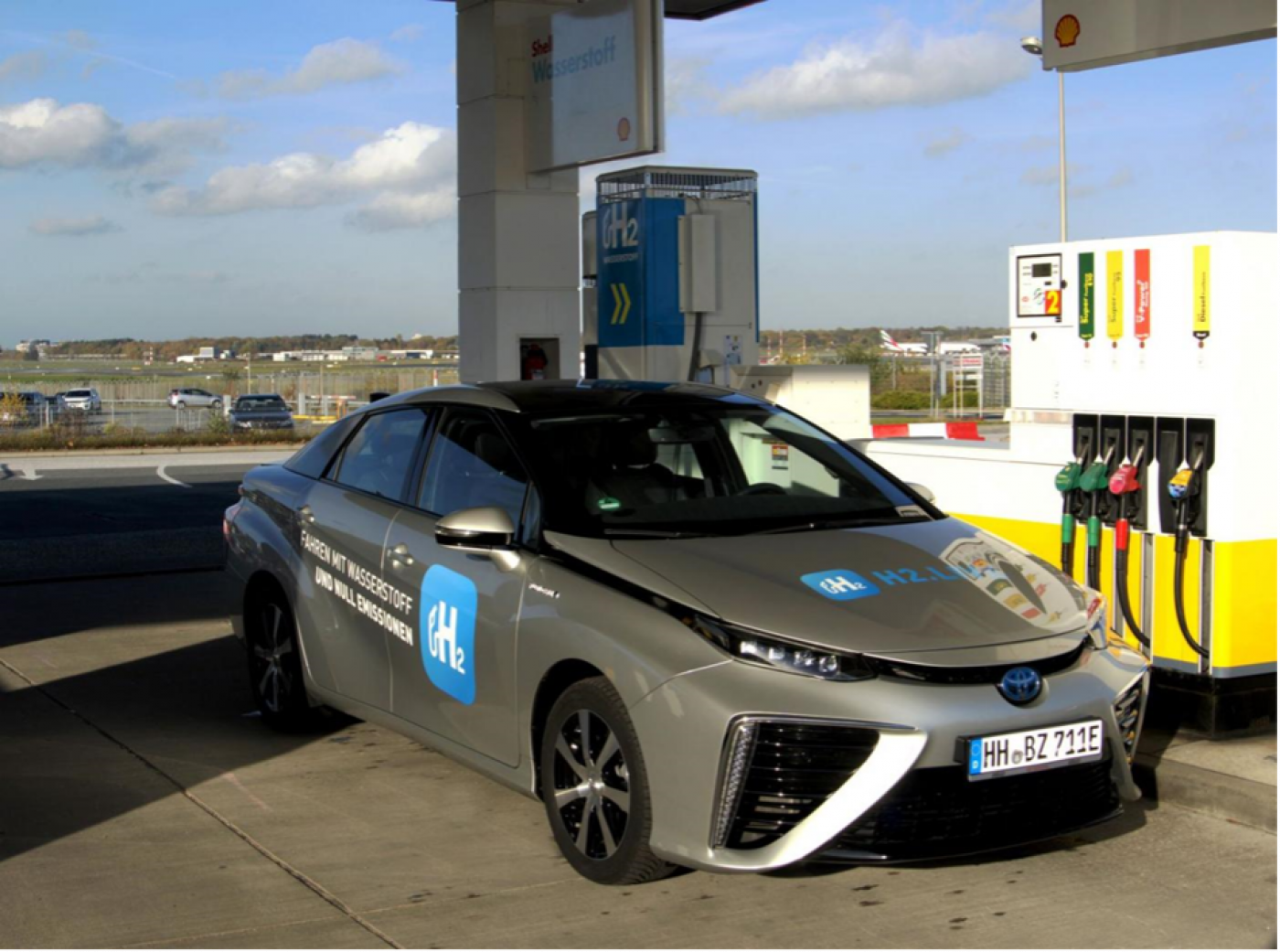
The North Frisian company GP Joule is also focusing on mobility. The company's pilot project eFarm is creating hydrogen infrastructure from production and processing to fleet use. The goal is to achieve a communal, sustainable economy with renewable energies and to produce transport, process and market green hydrogen. The eFarm project ensures the safety of North Frisia's supply of entirely green, regionally-produced hydrogen from wind power. To meet demand, the project includes five hydrogen production sites (1.125 MW total capacity) near existing wind farms, two hydrogen filling stations in Husum and Niebüll, two fuel cell buses for public bus transport (commissioned in December 2020) and 30 fuel cell cars with potential for more than 100 vehicles.
Reallabor Westküste100 - green hydrogen from Heide region
The Reallabor Westküste100 (Regulatory Sandbox) in Schleswig-Holstein, which won the 2019 ideas competition by the German Ministry of Economics, pursues several goals simultaneously. The plans foresee an industrial scale hydrogen economic sector to heat, build or fly more sustainably and to advance electrolysis, sector coupling and decarbonisation. The goal is to supply wind energy and to produce hydrogen in sufficient quantities to decarbonise heat, transport and industry. A research and development approach to produce green hydrogen from offshore wind energy and to use the resulting waste heat and oxygen is central to the project. The resulting hydrogen is to be used for the production of climate-friendly fuels for aircraft and will be fed into gas grids. Hydrogen obtained from electrolysis and CO2 from cement production will be used for fuel production.
Salzgitter AG - steelmaking with green hydrogen
Salzgitter AG and its partners recently launched the SALCOS® (Salzgitter Low CO2 Steelmaking) project to slash CO2 emissions by using hydrogen in production. Devised in 2015, the concept includes hydrogen generation as well as the conversion of steel production from blast furnaces to direct reduction, initially based on natural gas and later on hydrogen. A complete conversion to direct reduction plants means that hydrogen can fully replace the carbon previously needed for steel production. This would slash CO2 emissions by over 95 per cent. the project creates a new sustainable standard for the industry through its focus on the avoidance of CO2 (Carbon Direct Avoidance strategy) instead of storage or making it usable at great expense. The green hydrogen required comes from a high-temperature electrolyser. For this purpose, Salzgitter AG has joined forces with Avacon and Linde. The launch of the "Windwasserstoff Salzgitter - WindH2" sector coupling project, which is unique in Germany, will mark the start of green hydrogen production from wind energy generated on the site of the Salzgitter steelworks.
Avacon, an E.ON Group company, is now operating seven newly-constructed wind turbines with a total output of 30 megawatts on the Salzgitter AG site. Salzgitter Flachstahl GmbH has installed two Siemens 1.25 megawatt PEM electrolysis units in one of the main parts of the premises which will generate around 450 m3 of high-purity hydrogen per hour. Hydrogen is already being used in steel production for annealing processes and in galvanising facilities. The industrial gas producer, Linde, delivers gas on lorries and will secure the continuous supply of hydrogen demand in future. All installations are currently in trial operation.
Coradia iLint - world's first hydrogen train:
In 2016, Alstom presented the hydrogen train Coradia iLint making the company the world's first rail vehicle manufacturer to develop a CO2-emission-free train powered by hydrogen fuel cells. Only two years later, the iLint started passenger services in Germany. Developed especially for use on non-electrified lines, it enables clean, sustainable, high performance train operations. The Coradia iLint is quiet, and emits only water vapour and condensation, and combines several innovative approaches e.g., clean energy conversion, flexible energy storage in batteries, and smart management of motive force and available energy. The train, funded by the German government as part of the National Innovation Programme for Hydrogen and Fuel Cell Technology (NIP), was developed in Salzgitter and elsewhere.
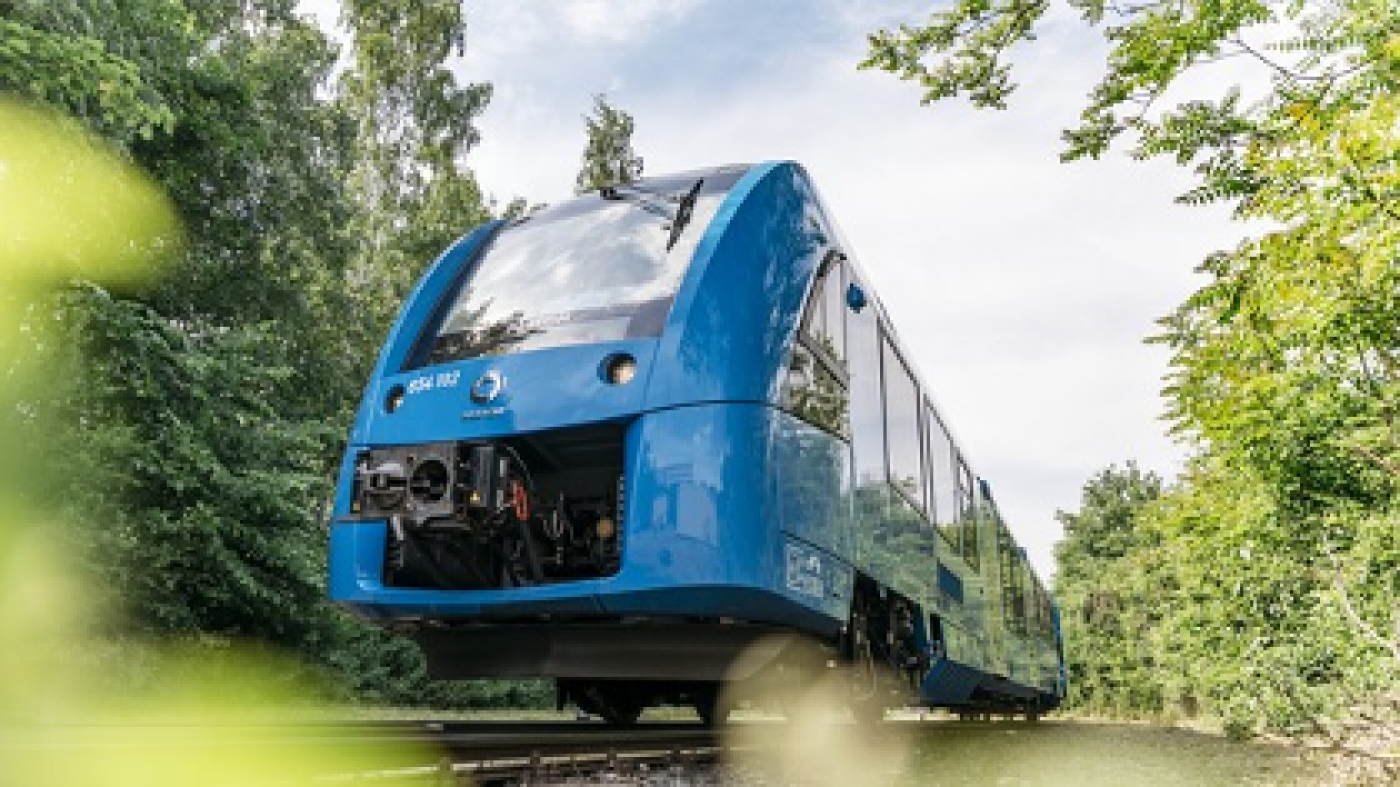
Heide Region: Quarree100 and Entree100
The Quarree100 project in the Heide region is investigating how wind, solar and biomass should be converted into other forms of energy, stored and distributed to provide a competitive, reliable and sustainable energy supply in an urban district. Hydrogen from renewable sources is used as a central storage and flexible form of energy for the project. Crucially, the Entree100 project brings together more than 120 partners in science, business and across municipalities and associations to advance the integrated energy transition with green hydrogen as one of the main building blocks. The Hamburg Metropolitan Region holds huge potential to significantly advance the technology behind regeneratively produced hydrogen - and the number of stakeholders pursuing this goal continues to rise. bst/tn/pb
Sources and further information
IPCEI projects of the Hamburg Metropolitan Region at a glance:
Generation:
- Green Hydrogen Hub Hamburg – Shell, Vattenfall, Mitsubishi Heavy Industries and Wärme Hamburg GmbH
- HH-WIN – Gasnetz (gas grid) Hamburg
- AquaVentus – RWE Renewables (Helgoland)
Infrastructure:
- AquaVentus – GASCADE (Helgoland)
Industry:
- H2H – ArcelorMittal
- e-Methanol Projekt – DOW Stade
- Hyscale 100 – Holcim (District of Dithmarschen)
Mobility:
- WIPLin – Airbus
- H2Load – Hamburger Hafen und Logistik (Hamburg Port and Logistics)
- HyPA – Hamburg Port Authority
- H2 HADAG – HADAG Seetouristik und Fährdienst (HADAG Sea tourism and Ferry Service)
- H2SB – Green Plug
More
Similar articles
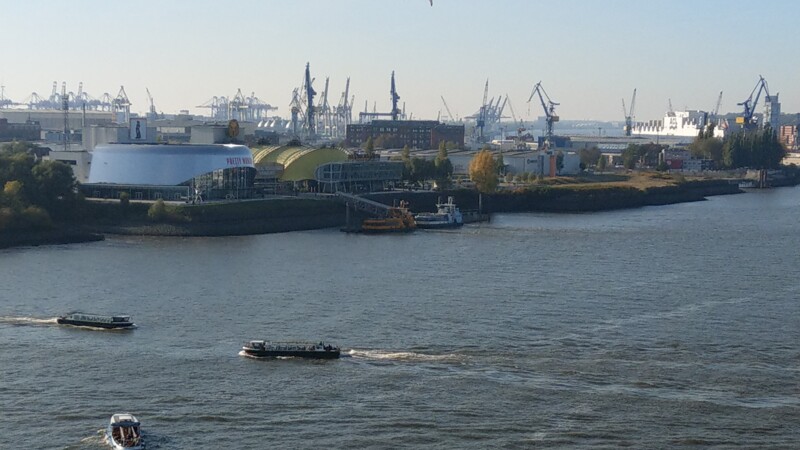
Hydrogen to develop leverage for new era
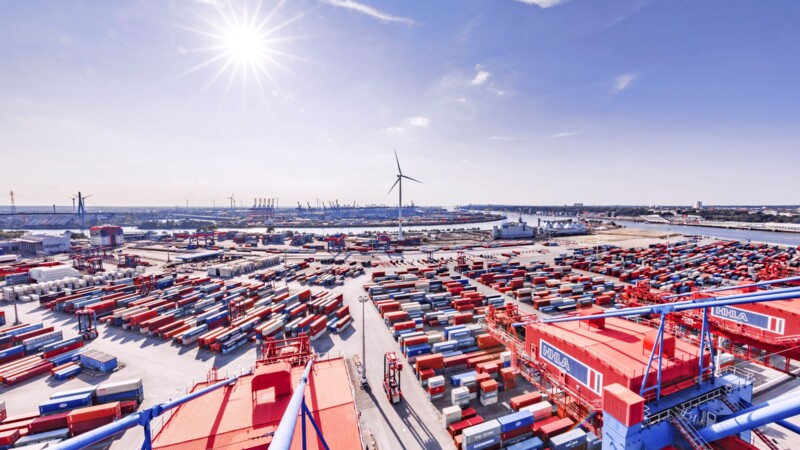
Environment-friendly hydrogen used in Hamburg Metropolitan Region
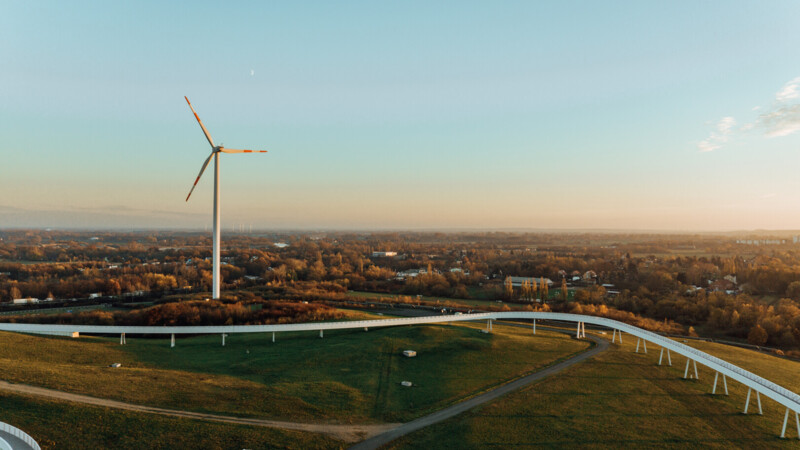
Hydrogen gives industry an opportunity to partner energy transition
